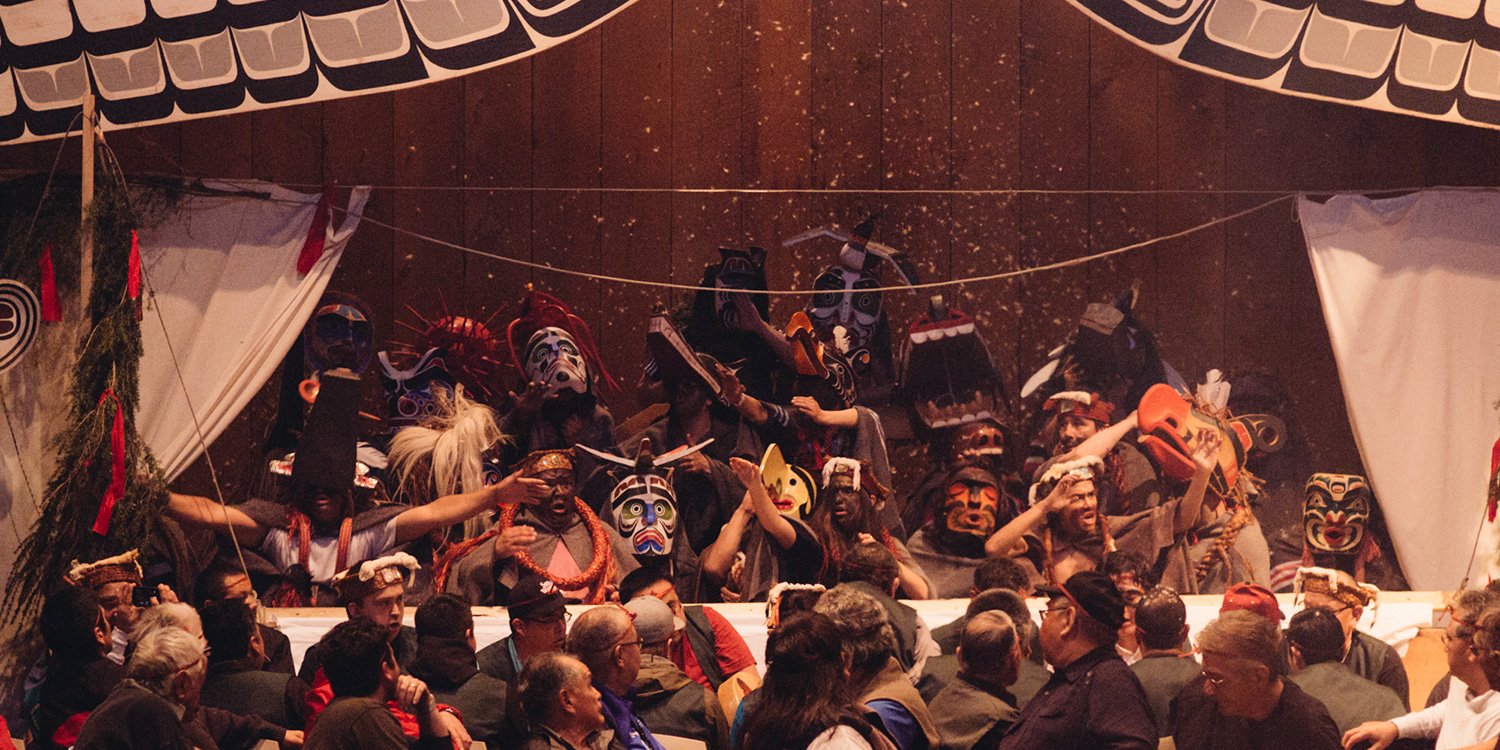First Nation Cultural Images - Iconic or Stereotyping?
What are iconic images to some are considered stereotypical, generic, ignorant and insulting to others. When it comes to the masses, stereotypical...

Canada has a complicated history with the totem pole. Totems have been misunderstood, coveted, stolen, quashed, copied, and celebrated.
The first recorded mention of a pole, which was a house pole, was on Langara Island in the Haida village of Dadans, c.1790, by John Bartlett, who wrote:
We went ashore where one of their winter houses stood. The entrance was cut out of a large tree and carved all the way up and down. The door was made like a man's head and the passage the house was between his teeth and was built before they knew the use of iron.
European explorers were said to have been astonished that “savages” were capable of architectural creations that rivalled those of celebrated artists in their home countries. The cedar poles and posts on Haida Gwaii that so impressed these explorers were carved with tools made from stone, shells, or beaver teeth. It wasn’t until trading relationships were established along the Pacific coast that iron and steel tools were introduced. The new tools enabled carvers to create more intricate and complex features and the creation of totem poles and posts flourished amongst West Coast communities.
Christian missionaries generally misunderstood the purposes of totem poles or the meaning behind the designs. It was assumed the designs were of pagan idols and as such, obstructed their work to convert Indigenous Peoples to Christianity. The missionaries discouraged new poles and even managed to convince some communities to destroy existing poles.
In 1884, the federal government, which believed that Indigenous cultural activities, beliefs and traditions were obstructing its goal of assimilation, passed the Potlatch Law. This law provided the perfect setting for the apprehension of poles (and other cultural items) by collectors, government officials, and ethnologists. The removal of poles and artifacts was justified as acts of “preserving” them as the art was considered to be “dying” and they were dispersed to museums and collections around the world.
In 1950, Marius Barbeau, ethnographer, and lifelong employee of the Canadian Museum of Civilization wrote Totem Poles. His dedication reads:
Let this book be a memorial to the native artists of the Pacific Coast!
Their genius has produced monumental works of art on a par with the most original the world has ever seen.
They belong one and all to our continent and our time, and have shown how creative power may thrive in remote places. Independent of our great moderns, from Turner to Gaugin, Van Gogh, and Cézanne, they were nevertheless their contemporaries. [1]
His introduction includes:
The art of carving poles belongs to the past. Racial customs and stamina are on the wane everywhere, even in their former strongholds... totem poles are no longer made. [2]
The connection between the long period of cultural suppression (1884 - 1951) and the scarcity of poles seems to not have been made or was not acknowledged.

To provide context to my reference to the “complicated history” of Canada and totem poles here is an example. In 1958, just a few short years after the ban was lifted, the federal government commissioned Kwakwaka'wakw carver Mungo Martin to carve a 30-meter pole as a gift for the Queen of England to commemorate the 100th birthday of British Columbia. How ironic is that?
So what became of the poles that were stolen from communities? Some are simply gone, some are in museums, and some have been tracked down and are being repatriated. Here’s the story of the G’ps Golox pole and the efforts of the Haisla Nation to bring it home: Chronology of the G’ps Golox Totem Pole Journey.
In the 1990s, the Haida Repatriation Committee, in conjunction with the Haida Gwaii Museum and the Haida Heritage and Repatriation Society began the long and uncharted process of repatriation. Here is a collection of articles on repatriation from our Working Effectively with Indigenous Peoples® blog:
Despite premonitions of the demise of the art of carving poles and attempts to eradicate the tradition, the art and tradition of totem poles has survived and is thriving.
For those looking to learn more about Indigenous history, culture and relationship-building best practices, we recommend our Working Effectively with Indigenous Peoples® training.
[1] Marius Barbeau, Totem Poles, Department of Resources and Development, Development Services Branch, National Museum of Canada, 1950
[2] ibid
Featured photo: Alert Bay, B.C, 1920. Photo: Jack R. Wrathall / Library and Archives Canada / PA-095510

What are iconic images to some are considered stereotypical, generic, ignorant and insulting to others. When it comes to the masses, stereotypical...

When the British North America (BNA) Act was passed in 1867, Canada became a country but remained a colony of the British Empire. The BNA Act...

Oral traditions retain the history of Indigenous Peoples by passing cultural information from one generation to the next. For Indigenous communities...